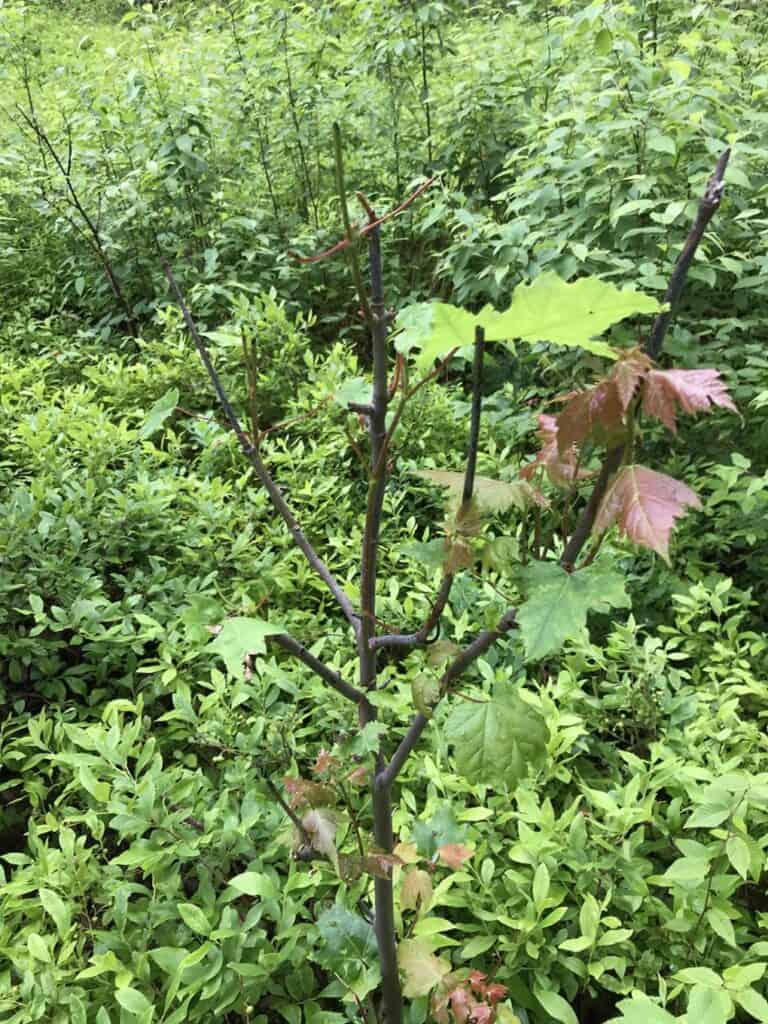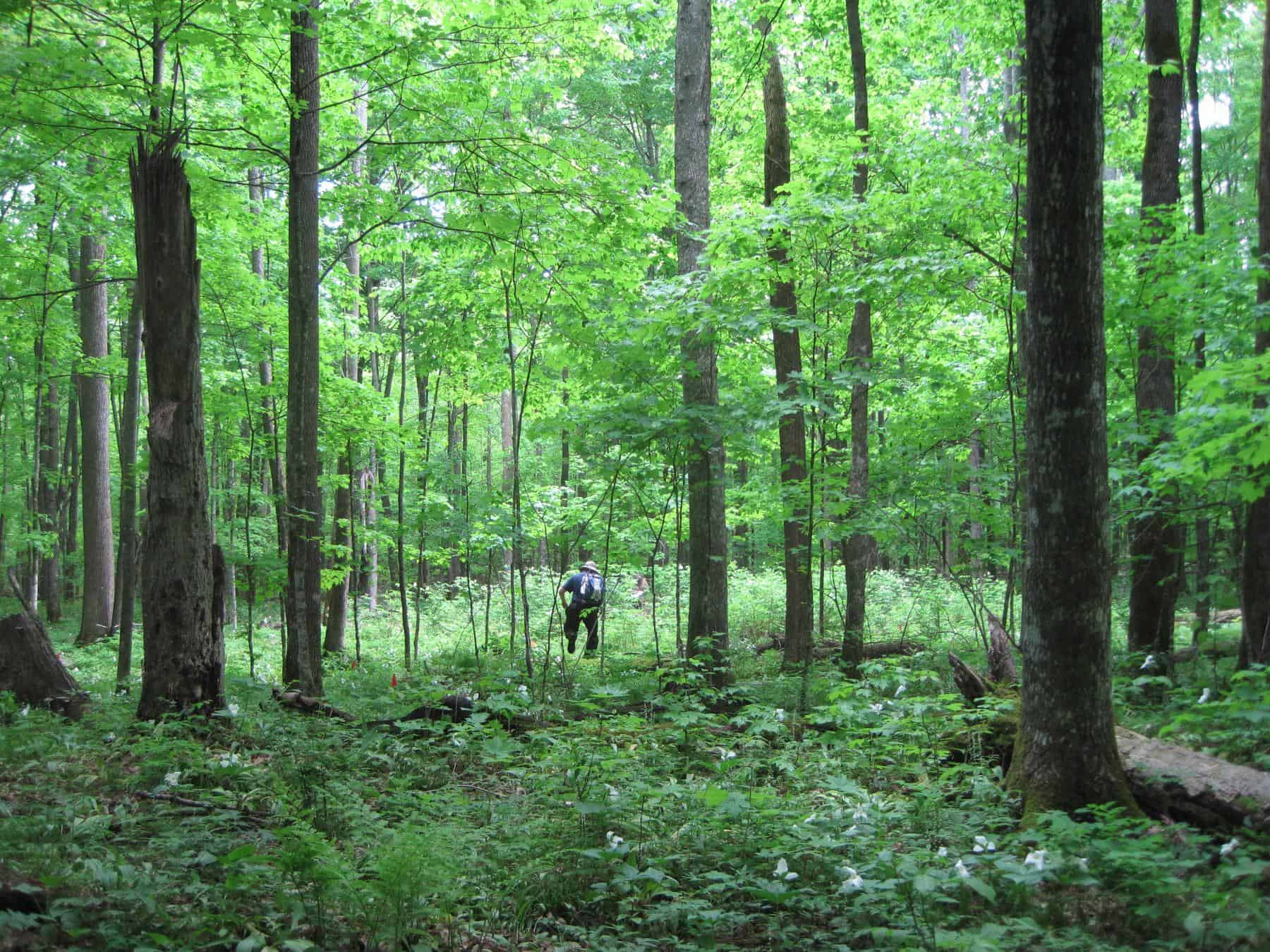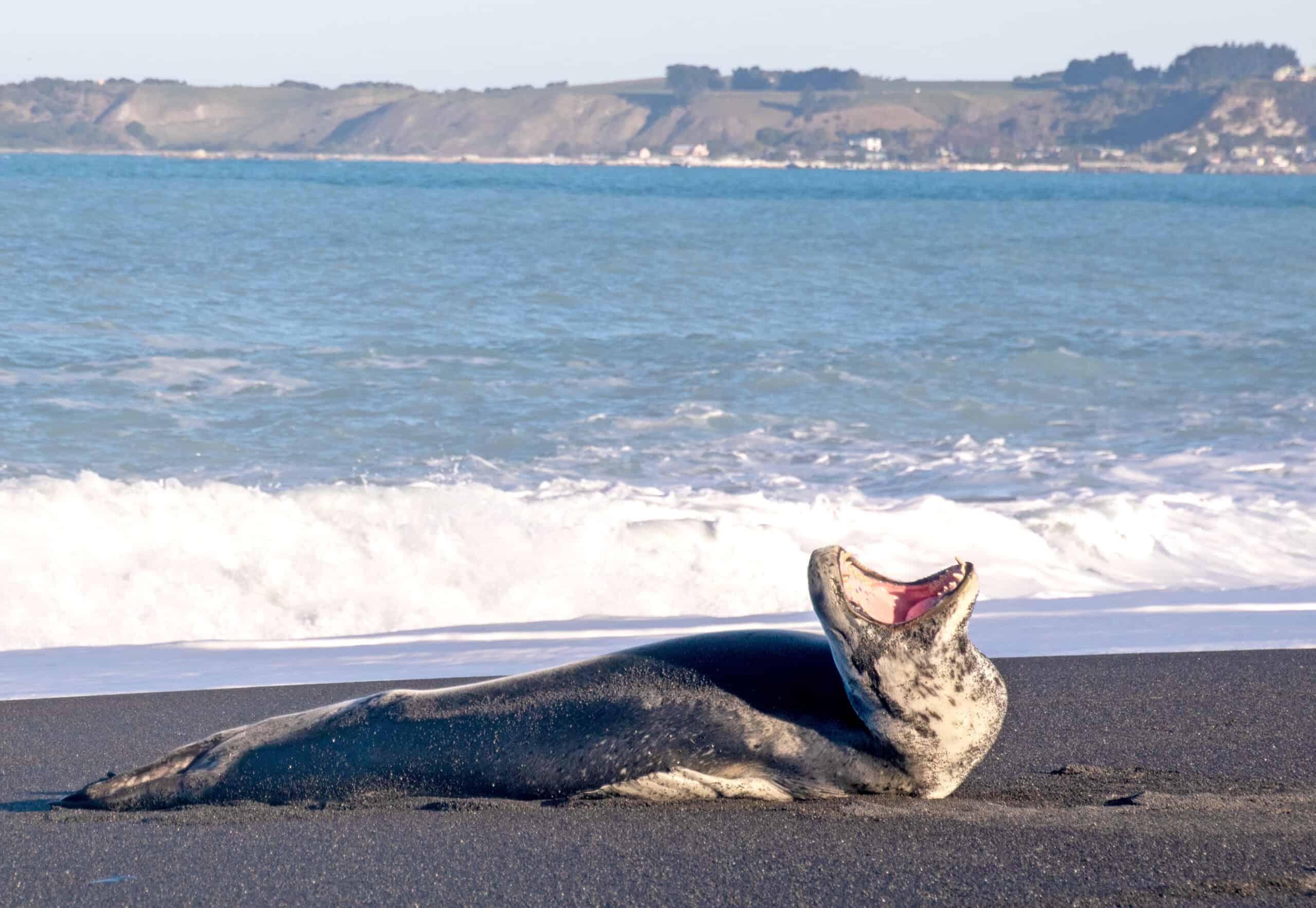Share this article
Wildlife Featured in this article
- White-tailed deer
Deer not always to blame for suppressing tree growth
In a Wisconsin forest, deer weren't the main culprit
After Wisconsin’s deer population numbers got out of hand in the 1990s, many considered deer the prime suspects for changing the composition of the forests. That raised questions about deer management, since foresters depended on natural forest regeneration for trees of high value and biologists wanted to make sure white-tailed deer (Odocoileus virginianus) weren’t harming the ecosystem.
“There’s been a whole move to find out what is the balance and what is an appropriate density of deer in these different areas, so we could live with the deer and also have the forests we desire,” said Phillip Jones, who was a postdoctoral researcher at Penn State at the time of the research.
“Deer are considered a keystone species, and their presence in large densities influences the structure of the forest, like whether you have enough shrubs for nesting bird species,” he said.
Jones led a study published in Forest Ecology and Management to see how much deer herbivory was impacting seedling growth and survival of two tree species—sugar maples (Acer saccharum) and ash (Fraxinus spp.).
“We expected there to be a strong, measurable effect,” Jones said.
But that wasn’t what they found.
To conduct the study, Jones and his colleagues created an experiment in the Flambeau River State Forest in Wisconsin designed to encourage old-growth characteristics. In 2007, trees had been removed to create three different sizes of canopy gaps, and deer fences were put up to exclude deer in certain areas.

“We spent a lot of time trying to find good data on tree seedling survival and growth rates,” said Autumn Sabo, an assistant professor at Penn State Beaver and a co-author on the study.
The team used allometrics—comparing the size of the base of the seedling to its height—to account for deer damage. Determining the role deer played could be pretty complex, they discovered, but there didn’t seem to be much blame to place on deer.
“It was what we didn’t find that surprised us,” Jones said. “We didn’t find a lot of impact from deer.”
Areas that weren’t fenced did show more evidence of deer browsing, but that declined over time. What seemed to give seedlings of both species a higher chance of survival was being in transition zones between gaps and dense canopy.
“Raising seedlings is a complex process, and many things can affect it,” Jones said. “You’ve got soil, competition, light issues—and you’ve got deer.” Jones said there were also species-specific issues that determined if seedlings survived.
“There wasn’t a single magic bullet to give them more light or soil nutrients or just take care of the deer,” he said.
Forests elsewhere might show different results, the researchers said, but Sabo is finding similarly complex patterns on a study in central Pennsylvania.
“The biggest management implication is simply that there are so many different factors that can be influencing the seedling community,” Jones said. “Deer can at times be an overriding factor, but that’s not always the case. When it isn’t, there are other things we need to look into.”
Header Image: Phillip Jones stands in a gap where trees were removed to allow more light to reach the forest floor. Credit: Autumn Sabo/Penn State








